Which bulbs are best for the home: which are + rules for choosing the best bulb
To answer the question of which bulbs are best for the home, you need to consider the advantages and disadvantages of all light sources suitable for use in residential premises, and then conduct a comparative analysis of the most important parameters.
The winner will be a practical, safe for humans, durable device that provides the highest quality light flow with economical energy consumption.
The content of the article:
The main types of household light sources
Lamps suitable for home are primarily classified by light emission technology.
The most relevant among them are:
- classic incandescent bulbs;
- luminescent products;
- halogen appliances;
- LED devices.
Each of the positions has specific technical characteristics and a different level of efficiency in the same operating conditions.
The choice of the best device directly depends on the requirements for a particular lighting system.
Features of Edison Bulbs
A traditional incandescent lamp is a classic option that has been used for organizing home lighting systems for more than a century.
Product General Description
It creates a pleasant radiation in shades of warm colors and does not irritate the eye even with prolonged glow. It has a low level of efficiency, since in the process of work it is very hot and spends about 97% of the energy resource on this.
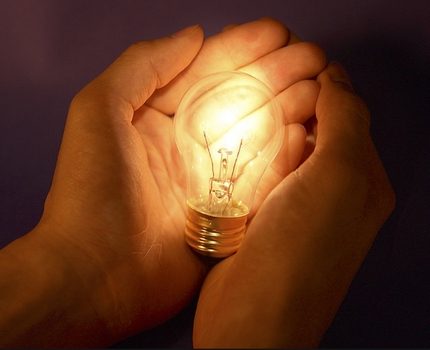
It uses a lot of energy to illuminate a standard living space and is considered economically disadvantageous compared to more progressive light sources.
The service life is about 1,000 hours and directly depends on the correct operating conditions of the device.More than affordable price attracts buyers, and they often prefer this particular light source only because it is cheaper than others.
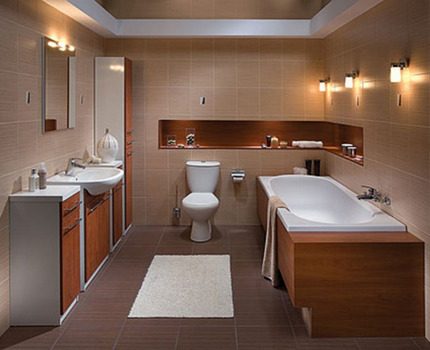
However, the benefits here are false. You have to change incandescent bulbs with enviable regularity, and electricity bills literally “eat up” within a month what you managed to save at the time of the initial purchase.
Design and principle of operation
The top of incandescent lamps is a pear-shaped sealed flask made of heat-resistant transparent glass. Partially, air was pumped out of it and replaced with an inert gas. It is because of this that the working tungsten filament does not burn out during heating.
Two electrodes and molybdenum holders are attached to the leg located inside. They fix the body of the glow, not allowing it to sag and tear under the weight of its own weight during heating.
The narrowed part of the flask is mounted in the body of a metal base, designed for screwing into a plug cartridge. The spiral thread is a contact with a soldered electrode.
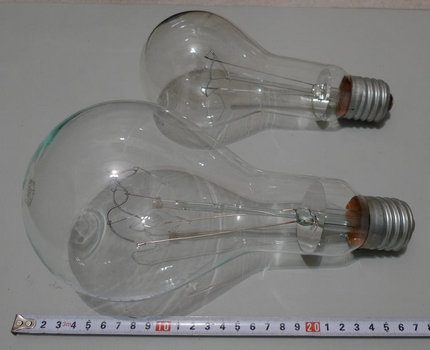
The second contact is located at the bottom of the base and is equipped with a ring insulation around the circumference, which prevents its contact with the body of the base.
Unchanged in classic incandescent bulbs always only positions such as:
- glow body;
- bulb part;
- working electrodes.
Other elements, depending on operational requirements and features, may be absent, have a different structural appearance, or supplemented by related parts.
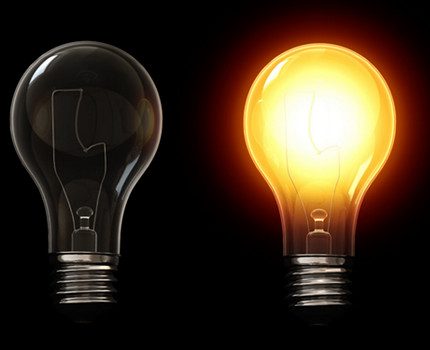
The principle of operation of the device is based on the glowing of an internal tungsten element of an arcuate shape. At the moment of passage of current, it heats, reaching a temperature of 2600 ... 3000 ° C, and converts electrical energy into light. The lamp bulb is evacuated or filled with a special gas in which tungsten is not oxidized.
Advantages and disadvantages of products
The pluses of the devices include instant ignition, the absence of flicker harmful to the human eye, constantly the same warm spectral range of glow, noiselessness during combustion, immunity to sudden voltage drops, and the ability to adjust brightness using a dimmer.

Products perfectly show themselves in a wide temperature range from extremely high to low marks and do not need accompanying starting devices for activation. They function correctly with current flows of any polarity, do not create radio interference and are subject to trouble-free disposal due to the absence of toxic substances in the composition.
The first place among the negative factors is the lowest efficiency. For a hundred-watt bulb, this indicator is only 15%, and for a sixty-watt bulb no more than 5%.
Only the increase in the temperature of the glow can increase the numbers, however, at the same time, the service life of the tungsten element is reduced by several times and the expediency of the procedure is lost. The short operational period, vulnerability to vibration, shaking and mechanical damage do not increase attractiveness either.
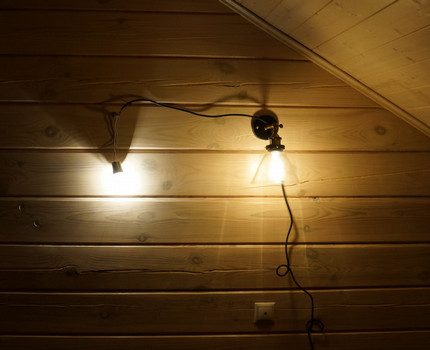
Economical light sources do not include incandescent lamps. They “eat up” the largest amount of power at the time of launch. Then consumption decreases by 5-10 times, but still significantly exceeds the indicators that other lighting products demonstrate.
What are luminescents
A fluorescent lamp is a gas-discharge artificial radiation source suitable for lighting residential premises. Demonstrates good efficiency and in terms of light output exceeds the capabilities of classic incandescent devices.
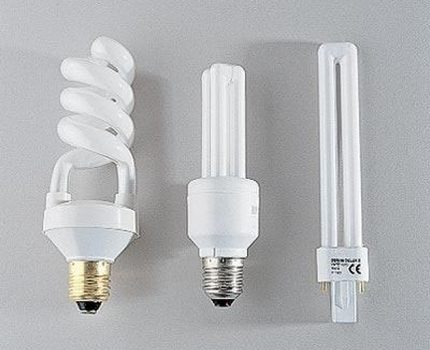
They are divided into high and low pressure devices. The former are used for street lighting, while the latter are intended for residential premises. The service life declared by the manufacturer is 5 years, provided that the number of starts per day does not exceed 5 times.
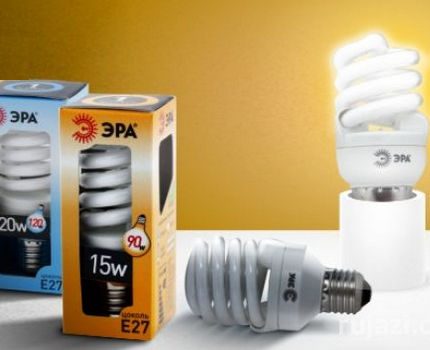
The device and the nuances of functioning. Constructively fluorescent lamp, depending on the version, consists of a tube or bulb with one or two socles located at the edges.
It is filled with mercury vapor. After activation, a glow discharge appears between the electrodes in the flask and ultraviolet radiation is created in the mercury medium. The phosphor coating located inside converts it into saturated light radiation perceived by the human eye.
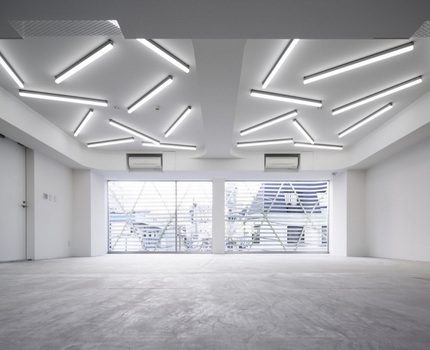
Lower the values of the base current flow to the correct indicators electromagnetic or electronic ballasts or ballasts. Without these additional elements, the full operation of the lamps is impossible.
Pluses of modules. The following characteristics are in the list of advantages of luminescent:
- effective light output;
- higher level of efficiency;
- operational stability;
- good power and light flux density;
- an extensive spectrum of glow in the warm and cold ranges;
- service life of about 5 years, subject to the necessary conditions.
Reasonable energy consumption, 5 times less than that of incandescent lamps, allows us to classify luminescent products as economical sources of radiation. They make it possible to efficiently cover large-sized premises, without overpaying for utility bills.
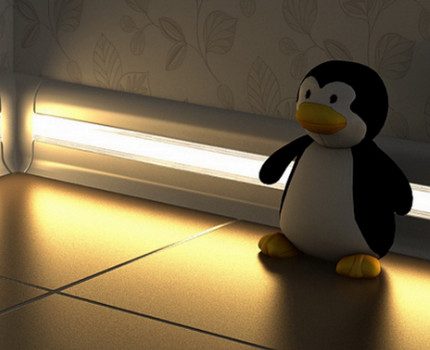
Disadvantages of devices. Among the negative qualities of the products, there is a more complex switching scheme, which includes the presence of starting elements. As well as a limited 150 W unit power and a noticeable decrease in light saturation at the end of the operational period.
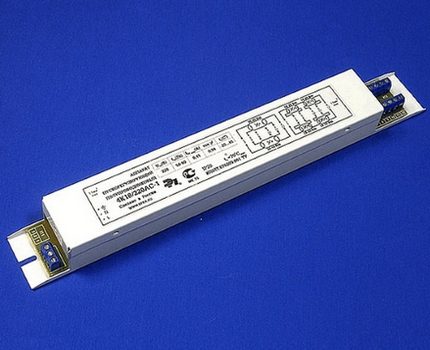
In addition, the devices react to lower temperatures and go out and do not turn on when the indicators are too low. In the process, they emit specific acoustic noise and pulsate, having a negative effect on the eyes of those present in the room, and when the mains voltage drops by 10 or more percent of the nominal, they cease to light up.
The mercury contained inside makes it very difficult lamp recycling process. It is not possible to send them to a regular garbage container near the house. After all, if the integrity of the flask is violated, the harmful substance enters the atmosphere and releases toxic fumes that adversely affect humans and the environment.
Correct disposal is carried out by specially authorized enterprises, but the reception of lamps there takes place on certain days and the user has to guess the time in order to get rid of the luminescents that have expired.
Why are halogens interesting?
Halogen is a modern, more progressive variation of a traditional incandescent lamp. Filled with buffer gas vapor. Due to this, the working temperature of the spiral element and the service life of the lighting product are increased.
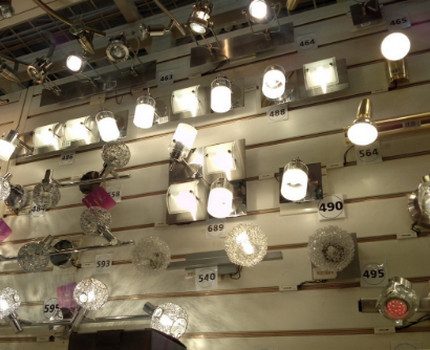
The devices are presented in various standard configurations and can be built into fixtures of the most unusual modifications, in furniture elements and in systems that create spot lighting.
Distinctive features of lamps. Halogens provide the room with a bright, saturated and dense light throughout the life of the unit. Due to their compact size, they can be mounted in very small fixtures or built into fragments of the interior.
Despite their modest dimensions, they have uniquely high light output and, with equal power, produce much more light than conventional incandescent modules.
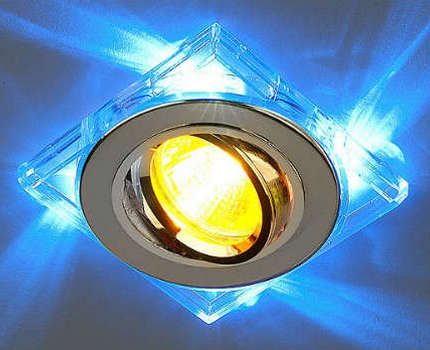
The main disadvantage is the vulnerability to mechanical damage and frequent on / off. Both of these parameters significantly reduce the life of the lamps and contribute to their rapid failure.
The conditional operating period, according to manufacturers, is 2000-4000 hours, which significantly exceeds the capabilities of incandescent modules. However with LEDs halogen bulbs they cannot compete, against their background they look more attractive only in the context of a low price.
Unique specifics of LED models
LED bulbs (LED) are the most advanced radiation source available for use in home lighting systems. Inside contains one or more diodes, which generate saturated full light.

Working diode cells rarely burn out. Due to this, the ice modules do not show sensitivity to regular on / off and serve reliably for many years.
Benefits of LED Bulbs. The list of positive qualities is very long. The lamps are completely non-toxic and completely safe for the health of both children and adults. They do not need specific, complex disposal.
With minimal consumption, they provide a bright, saturated light flow, do not create harmful ultraviolet radiation and do not provoke burnout of furniture, interior elements and decor items.
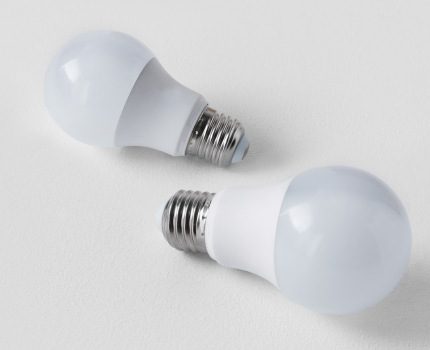
Variety of shapes, cap sizes and configurations allows you to complete with LED sconces or any type of chandelier. This applies not only to modern, but also rare lighting devices.
The units are reproached only with the high initial cost, but in the end it pays off and is even more than compensated by lower utility bills and a prolonged operational life.
Selection Rules and Tips
Knowing exactly what is being used light bulbs for home, you can easily select the best option for radiation sources to provide a comfortable, convenient to operate, operation resistant and cost-effective lighting system in a residential building.
What is better for wet rooms
For bathrooms and kitchens where the humidity level is especially high, traditional incandescent options are not too suitable. In addition to high energy consumption, they get too hot during operation and, if accidentally spilled, can explode and cause injury to nearby people. Better to take safe energy saving type.
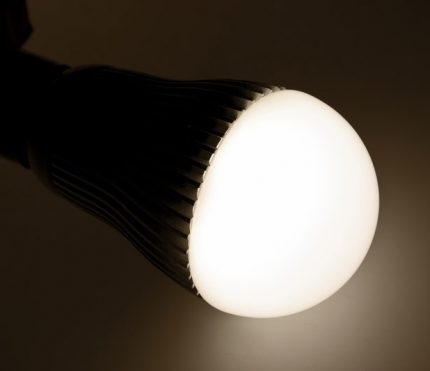
Halogens consume little energy, but are vulnerable to moisture and, being in such aggressive conditions, fail after a short time. Luminescent is not suitable because of the noise emitted during operation, the presence of toxic substances in the composition and not too pleasant color spectrum, more appropriate for workrooms.
The most successful solution in this case is LED products. They provide a good light flow of the desired level of intensity, do not heat up and do not consume excess energy.
Due to the variety of socles, they can be built into the lamp of any, even the most unexpected configuration, without violating the stylistic design of the bath room.
How to illuminate living rooms?
You can’t say exactly which bulbs are 100% better for home. To equip a high-quality lighting system in residential premises, they need to be selected carefully and carefully.
Many customers are primarily focused on the cost-effectiveness of light sources, and rightly so, because you have to pay monthly electricity bills, which regularly rise in price.
LED bulbs are the most economical, and incandescent bulbs are the most voracious. Halogens and luminescents occupy middle positions and eat not so little resource as the first, but not as much as the second.
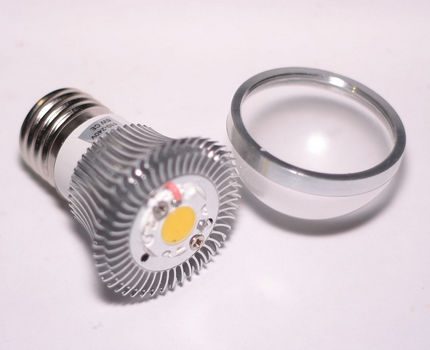
An equally important parameter when choosing is efficiency. It determines how light the room will be and is usually measured in lumens. The indicator is placed on the packaging of the lamp and is visible to the consumer even before the purchase. The higher the numbers indicated, the better the selected lamp will illuminate the room.
By this criterion, LEDs are seriously ahead of the rest of the clan of lighting devices. With the same consumption of electricity, they supply 10 times more powerful light flux than Edison bulbs.
The efficiency of diode products is at least 90%. Both halogens and luminescents show lower values, and for incandescent lamps they do not exceed 5-10%, depending on the power.

The base with which the lamp is equipped also plays a significant role. For domestic use, mainly use standard types of socles: pin or screw.
The former have 3 of the most common species, varying in size:
- E14 - minion - inserted into narrow cartridges;
- E27 - classic - can be mounted in standard modules;
- E40 - maxi - are intended for large-sized devices.
All light sources with threaded caps are suitable for sconces, chandeliers and other similar products of any configuration. Specialists do not recommend LEDs in enclosed fixtures.
Pins are slightly less common and are mainly used in modern lighting designs as in ceiling systemsso and table lamps.
The size and appearance of the radiation source is also of great importance. No one wants a lamp of inappropriate dimensions sticking out of a spectacular sconce or a beautiful ceiling. The widest selection of interpretations and forms is demonstrated by LEDs.
In their product line you can find:
- miniature models that can be conveniently integrated into a furniture element or into a stretch ceiling;
- standard products of a familiar configuration, suitable not only for a modern lamp, but also for an old-style chandelier;
- products of a specific form, not only giving light, but also bearing a design load.
All other radiation sources cannot boast of such diversity.
Not in the last place is the primary cost of products. Classic incandescent lamps lead the way. Their price is minimal and, thanks to this factor, they are still in demand among buyers. In the middle price range are luminescent and halogen.
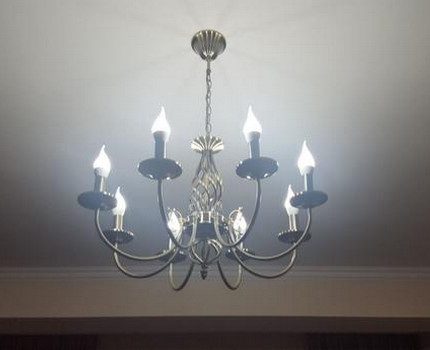
LEDs are much more expensive and sometimes the price scares away potential buyers. But if you think well, it will become clear that the costs justify themselves in all respects. By power and color temperature You can choose literally any option.
After installing the diodes, all the rooms in the house receive excellent lighting, harmless to the eyes. Utility bills are reduced and running into the store after working to buy a light bulb instead of another burnt one does not take a very long time.
Conclusions and useful video on the topic
Video # 1. Tips for choosing indoor light sources:
Video # 2. Comparison of all parameters of lamps of different types:
Video # 3. A detailed overview of home lighting:
The choice of a light bulb depends on the requirements for safety and operational stability, the frequency of activation, the planned light intensity and price. Perhaps the most successful combination will be of several types of lamps, in which each will demonstrate maximum efficiency in certain conditions.
What kind of lighting devices do you prefer? Personally share your criteria in choosing light sources for arranging your own home / apartment / office. Please leave comments in the block below, ask questions about interesting or unclear points, post a photo on the topic of the article.

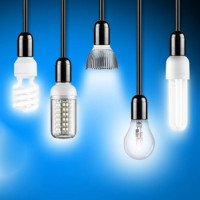 What types of bulbs exist: an overview of the main types of lamps + rules for choosing the best
What types of bulbs exist: an overview of the main types of lamps + rules for choosing the best 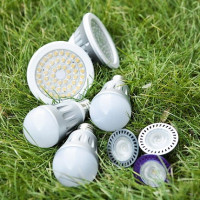 LED lamps for the home: which diode bulbs are better, LED lamp manufacturers overview
LED lamps for the home: which diode bulbs are better, LED lamp manufacturers overview 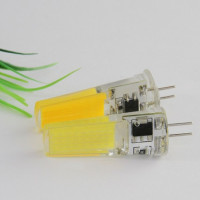 LED bulbs g4 to 12v: features, rules of choice + review of the best manufacturers
LED bulbs g4 to 12v: features, rules of choice + review of the best manufacturers 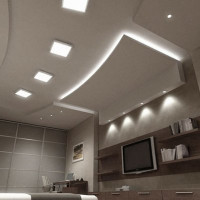 Bulbs for suspended ceilings: rules for the selection and connection + layout of lamps on the ceiling
Bulbs for suspended ceilings: rules for the selection and connection + layout of lamps on the ceiling  Bulbs for spotlights: types, characteristics, nuances of choice + best brands
Bulbs for spotlights: types, characteristics, nuances of choice + best brands 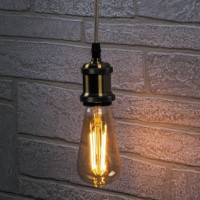 Lamp holder: device principle, types and connection rules
Lamp holder: device principle, types and connection rules  How much does it cost to connect gas to a private house: the price of organizing gas supply
How much does it cost to connect gas to a private house: the price of organizing gas supply  The best washing machines with dryer: model rating and customer tips
The best washing machines with dryer: model rating and customer tips  What is the color temperature of light and the nuances of choosing the temperature of the lamps to suit your needs
What is the color temperature of light and the nuances of choosing the temperature of the lamps to suit your needs  Replacement of a geyser in an apartment: replacement paperwork + basic norms and requirements
Replacement of a geyser in an apartment: replacement paperwork + basic norms and requirements
I really like LED lamps, and for a long time they just serve as both the main and additional source of light in all rooms of the apartment, including the bathroom. They are located at the bottom of the wall closer to the floor, illuminate and create a cozy home atmosphere. In the living room I can’t overlook the chandelier with expensive diodes, the power of which can be adjusted by switching the bright mode to muted.
Agree with you. They are also more economical.For a long time I persuaded my parents to change ordinary incandescent bulbs to LED ones. They really objected to the price of them, because 10 or more times more expensive. My husband and I decided to give ourselves the necessary number of lamps for parents, and - lo and behold, saving electricity by 5 times !!! Now they all advise everyone not to skimp on the purchase of more profitable devices.
I switched to halogen bulbs for a long time, much better than old incandescent bulbs. The only negative for me personally is their disposal. In our city center, no one simply accepts them, but I am accumulating them and then taking them to the city.